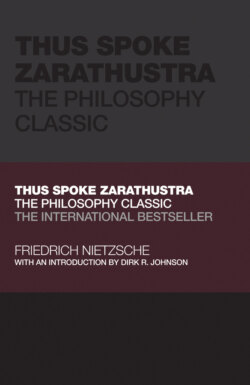Читать книгу Thus Spoke Zarathustra - FRIEDRICH NIETZSCHE, Friedrich Nietzsche - Страница 9
WHO IS ZARATHUSTRA?
ОглавлениеThe historical Zarathustra was a legendary Iranian religious figure. Living approximately in the second millennium BCE, he is considered the world's first prophet. During the Enlightenment, both Voltaire and Mozart treated him as a noble, tolerant forerunner of a pre‐Christian religion. In his comic opera, The Magic Flute, Mozart incorporated a version of Zarathustra – or Zoroaster, in his more common designation. Their cultural example may have served as one inspiration.
The vagueness of the historical figure must have equally attracted Nietzsche. The fact that little was known about him, and yet he assumed a mythic stature, allowed Nietzsche to utilize the character of Zarathustra to awaken grander associations and aspirations. At the same time, he could fill the empty vessel with his philosophical content. In that way, he channeled the mythic quality of the legendary prophet and placed him into a modern setting that reflected the ambivalences and tensions of his times.
Above all, Nietzsche directed his readers' attention to the major reason he had chosen the figure. Nietzsche stated that Zarathustra was the first to have seen the struggle of good and evil as the true wheel of human history – morality as a form of metaphysics. Since he had created the fateful error, he would have to be the first to recognize his mistake.2
For Nietzsche's purposes, and our understanding of the text, it is irrelevant if Zarathustra could be made responsible for such a momentous historical event. It was only important that Nietzsche used him for his personal objective of discovering the error of morality.
If Zarathustra is about anything, then, it is about the uncovering, and his protagonist's personal overcoming, of historical morality – that fateful error.
